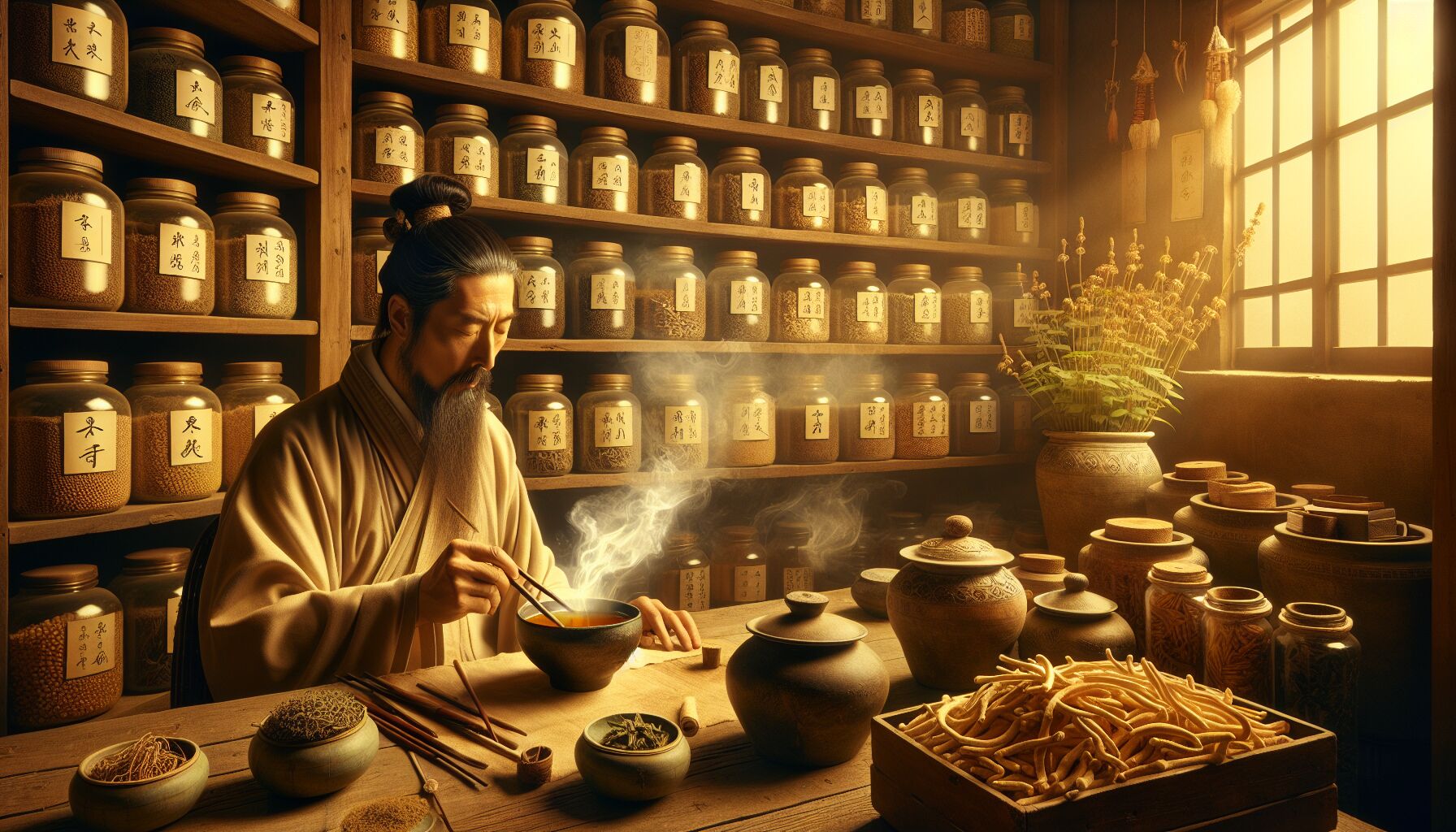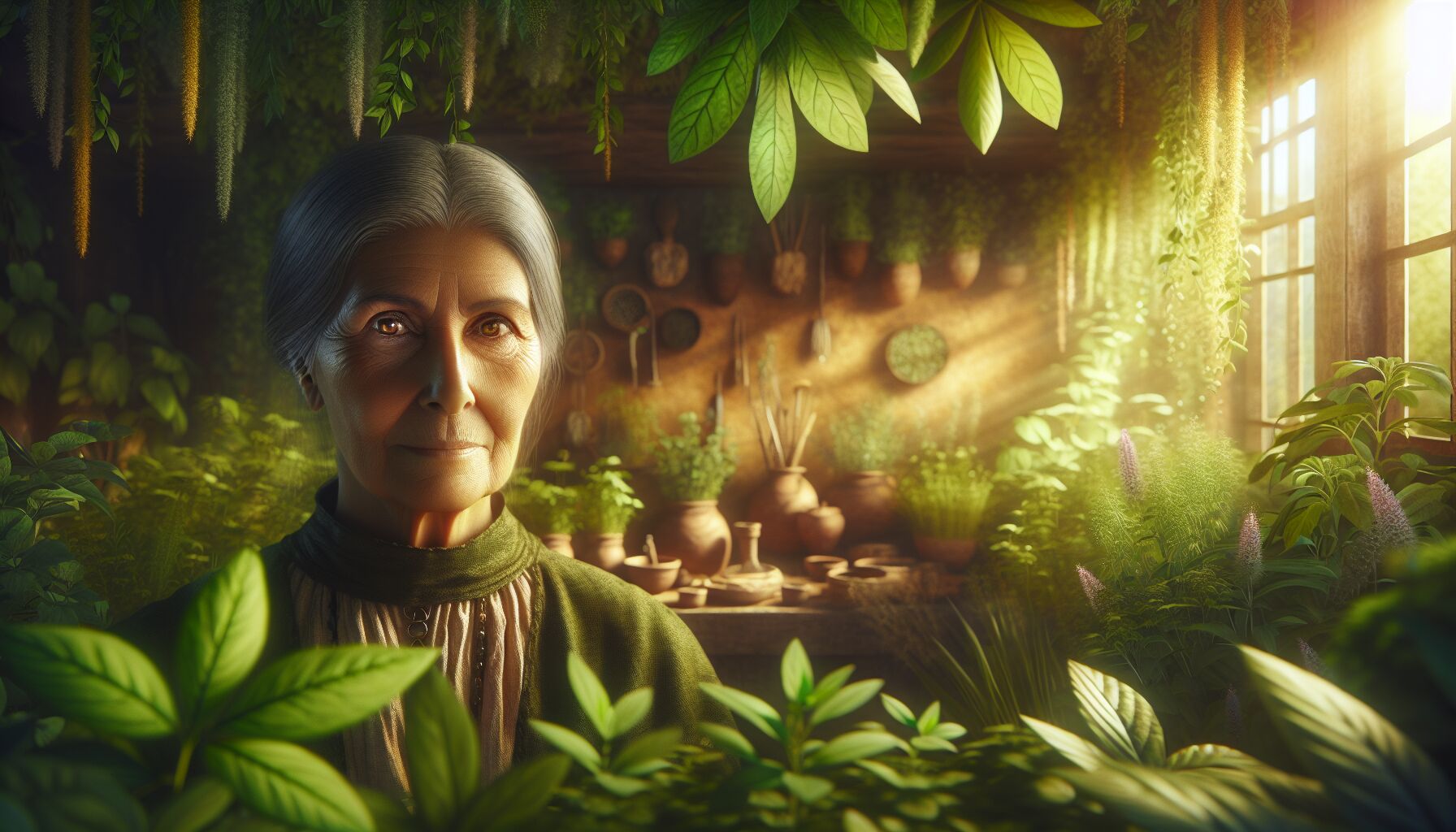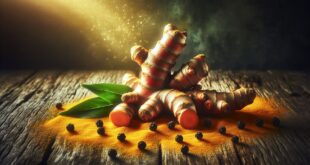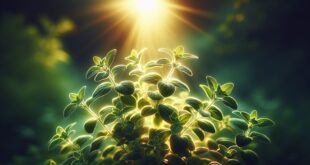 Throughout history, humanity has sought the fountain of youth tirelessly, yearning for vitality and longevity. This quest has led many to explore traditional remedies believed to extend life. Imagine standing at the crossroads of ancient wisdom and modern science; beneath your feet lies a trove of time-honored practices passed down through generations. These remedies, often rooted in cultural traditions, whisper secrets that speak to both body and soul.
Throughout history, humanity has sought the fountain of youth tirelessly, yearning for vitality and longevity. This quest has led many to explore traditional remedies believed to extend life. Imagine standing at the crossroads of ancient wisdom and modern science; beneath your feet lies a trove of time-honored practices passed down through generations. These remedies, often rooted in cultural traditions, whisper secrets that speak to both body and soul.
Traditional medicine across various cultures has long embraced the use of nature’s bounty to promote a longer, healthier life. Chinese medicine, for instance, offers longevity herbs that hold a revered place in their herbal arsenal. Ginseng, often called the “root of immortality,” is celebrated for its supposed ability to enhance energy and improve cognitive function. Imagine your ancestors sipping on ginseng tea, harnessing its power to fortify themselves against the sands of time. Or consider the ancient Greeks, who relied heavily on the anti-inflammatory properties of olive oil, seeing it not just as a nourishment, but as a shield against aging.
India’s Ayurveda beautifully blends nature with medicine, offering remedies that resonate with the cycle of life. Turmeric, with its striking gold hue, isn’t mere spice; it’s a defender against age-related diseases, lauded for its anti-inflammatory and antioxidant prowess. As you sprinkle that golden dust into your curry, you’re participating in a legacy of healing, a practice echoing through history.
“The greatest wealth is health.” – Virgil
Indeed, isn’t that what all these remedies aim toward – preserving our most valuable asset, health, so we might celebrate life to its fullest?
In considering these cultural treasures, it’s worth asking yourself: How can these traditions, so effortlessly blending practicality with spirituality, inform our present journey? While modern medicine has achieved miracles, these age-old remedies offer a gentle, reverent approach to wellness, inviting us to slow down and savor life’s simple offerings.
- Incorporating herbal tea regimens – Regularly sipping on herbal concoctions like ginger or chamomile can soothe the mind while potentially aiding in longevity.
- Cultivating mindfulness through meditation – Integrating introspective practices not only balances the mind but can also have profound effects on physical health, supporting the body’s own anti-aging processes.
- Nutrient-dense, traditional diets – Emphasize foods rich in antioxidants and healthy fats, drawing inspiration from Mediterranean or traditional Japanese diets known for their potential longevity benefits.
Every remedy is more than just a technique; it’s a story, a connection between us and those who came before. The rhythm of life beats steadily within these traditions, calling upon us to heed the harmony between nature and ourselves. As we rekindle these ancient practices, we might find not just a roadmap to longer life, but to a life of deeper fulfillment. And isn’t that, after all, the true essence of longevity?
Herbs and their roles in longevity
Imagine standing in a lush garden, surrounded by the whispers of leaves and the rich aroma of earth. This is where the true magic of herbal longevity reveals itself. These aren’t just plants—they’re trusted allies, celebrated across cultures for their roles in extending life’s vibrant chapters.
Nature’s intricate tapestry offers a vast array of longevity herbs. Consider Ginkgo biloba; revered in Traditional Chinese Medicine, it’s believed to sharpen the mind, keeping it as agile as the river that never sleeps. Its leaves, with their delicate fan shape, have been used for centuries to promote blood circulation and cognitive health. Can you picture those vivid, green leaves dancing fitfully in the wind, almost as if whispering secrets of endurance?
Moving to the earthy smell of rosemary, often referred to as the “herb of remembrance.” Inhaling its robust aroma is like breathing in clarity, believed to stimulate memory and recall. This ties back to the tradition of putting rosemary on graves in ancient Greece and Rome as a gesture of remembering loved ones—linking its anti-aging abilities not just to the body, but the soul.
Then there’s Ashwagandha, a staple in Ayurveda that balances the body’s response to stress, often accused of hastening our aging process. Think of it as a sturdy oak, providing strength and resilience to weather life’s storms. This potent adaptogen is said to bolster vitality, improve sleep quality, and even sharpen focus. Pop a pointed Ashwagandha capsule, practically an invitation to peace, and welcome the calm it inspires.
“He who has health has hope; and he who has hope has everything.” – Arabian Proverb
How refreshing to know that these herbs don’t demand a throne in the grand halls of modern medicine yet hold their own in the quieter spaces of holistic wellness. Their humble roots and leaves remind us that life’s extension is not about chasing immortal dreams, but about dwelling in health-filled moments, right here and now.
Floating over to the kitchen table, the fragrant curry that your bubbling pot prepares might just be more than a comfort food—it’s a symbol of traditional medicine. The turmeric swirling within is much more than its golden shimmer; it’s a fierce guardian against aging, guarding cells like a light illuminating the dark corners of potential disease.
Consider this: pharmaceuticals might provide quick fixes, but herbs invite us into a patient dance with nature, an alliance designed to nurture our bodies with intention and intuition. Isn’t it a wonder how these small, vibrant gifts of nature become the stewards of our longevity journey?
The bond between humans and herbs stretches back to ancient times, yet it’s remarkably present. Don’t you think it’s time to revisit these natural prescriptions, not just for life’s length, but for its depth and richness too? As we reconnect with these earthy coordinates, perhaps we find answers wrapped in leaves, waiting to unfold new paths of discovery—both ancient and timely.
Balancing body and mind through ancient practices
 In a world that spins faster every day, there’s a gentle wisdom in pausing to align body and mind—a harmony that ancient practices knew well. At the heart of these practices is a commitment to balance, echoing a line tinkling with truth: “Health is the relationship between you and your body,” a nod to those unsung hymnals of wellness sung by world traditions.
In a world that spins faster every day, there’s a gentle wisdom in pausing to align body and mind—a harmony that ancient practices knew well. At the heart of these practices is a commitment to balance, echoing a line tinkling with truth: “Health is the relationship between you and your body,” a nod to those unsung hymnals of wellness sung by world traditions.
When we talk about balancing body and mind, it’s akin to cultivating a garden with careful attention and insight. Like a seasoned gardener tilling soil with intention, these practices sow seeds of well-being that only reveal their blossoms with patience and devotion.
Practices like Tai Chi and Qigong, for instance, thrive on this harmony. They invite practitioners to center their breath, aligning movement with mindfulness. It’s the kind of exercise that doesn’t just better the body, but stirs the soul too. Who doesn’t need an oasis of calm where motion meets meditation, a dance that’s soft yet strong? It’s like finding a rock amidst the river, grounding in an ever-changing world.
Similarly, Yoga stands as a beacon for uniting the body and spirit, transcending its role as mere exercise. Whether you’re performing sun salutations or resting in child’s pose, these postures forge a sacred space within that houses peace. Each movement, an echo of ancient whispers, calls us back to an inner stillness that’s both elusive and essential.
“True happiness is… to enjoy the present, without anxious dependence upon the future.” – Seneca
Don’t forget about the Adam and Eve of mindfulness—meditation and breathwork. They’re the invisible threads weaving through these practices, turning ordinary moments into extraordinary breaths of life. Consider them the heartbeat of balance, those tranquil minutes spent shaping air into serenity.
And how about balance through diet, where what you consume fuels not just your body but your being? Traditional diets—rich with whole foods and mindful practices—emphasize what modern science now supports: a direct link between nutrition and mental health. As the saying goes, “Let food be thy medicine,” a gentle reminder of the potent alchemy between nature and nurture.
Now, all this may dredge up a few questions. Are these practices relics of the past, or vital parts of the future? The truth is, they’re both—an intertwined dance where what’s old blends seamlessly with what’s new. These practices do not demand to replace your routines, but rather, to enrich them. They’re here not to shout above the noise, but to whisper beneath it, offering tranquility in a storm-tossed sea.
So, when you next meditate or stretch into a practice, think of it as weaving a tapestry; remember, every thread counts. Each deliberate breath, bend, or bite threads a deeper presence through the tapestry of life, and it’s in this presence that true balance—and freedom—unfolds.
By reconnecting with these age-old traditions, not only do we invite this balance back into our lives, but we find ourselves stepping into a fuller experience of living, where longevity thrives naturally—not just in years, but in moments imbued with meaning.
 DS Haven In Light Of Things
DS Haven In Light Of Things






